What Is Hull Rot: Learn How To Avoid Rotting Nut Hulls

Almond hull rot is a fungal disease that affects the hulls of nuts on almond trees. It can cause big losses in almond farming, but it may also impact the occasional backyard tree. Understanding basic hull rot information and identifying factors can help you manage this disease that can permanently destroy fruiting wood on your tree.
What is Hull Rot?
Nut crops with hull rot are often greatly diminished, and even worse, the disease will destroy the affected wood so that it dies. Hull rot can be caused by one of two fungal species: Rhizopus stolonifera causes black spores inside a split hull and Monilinia fructicola produces tan-colored spores inside and outside the hull after it has split. Before you can see the spores, though, you may see leaves on a small, affected branch wither and then die.
Managing Hull Rot in Nuts
Ironically, it is the abundance of water and nutrients that you think are helping your almond tree grow well that invites hull rot. Agricultural researchers have found that putting almond trees in slight water stress—in other words, reducing watering slightly—a couple of weeks before harvest, around the time the hulls split, will prevent or significantly minimize hull rot. This sounds pretty easy, but to actually make water stress work as a way to prevent rotting nut hulls you need to use a pressure bomb. This is a device that measures water stress by sampling leaves from the tree. Researchers say that simply reducing watering by an arbitrary amount won’t work; it has to be measured, slight water stress. This can be tricky if you have deep soil that holds water well. It could take a few weeks to achieve the stress necessary. The effort and price of the pressure bomb may be worthwhile, though, as hull rot is a devastating disease when it takes over a tree. It destroys fruiting wood and can even ruin and kill the entire tree. The infected hulls also turn into great habitat for a pest called navel orangeworm. In addition to creating water stress, avoid overfertilizing. Too much nitrogen can lead to a fungal infection. Reducing water is the most effective way to manage or prevent hull rot in nuts, but you can also try fungicides and planting almond varieties that have some resistance. These include Monterey, Carmel, and Fritz. Almond varieties most susceptible to hull rot are Nonpareil, Winters, and Butte.
Gardening tips, videos, info and more delivered right to your inbox!
Sign up for the Gardening Know How newsletter today and receive a free copy of our e-book "How to Grow Delicious Tomatoes".

Mary Ellen Ellis has been gardening for over 20 years. With degrees in Chemistry and Biology, Mary Ellen's specialties are flowers, native plants, and herbs.
-
 Looking For Plants To Give You The Soft And Fuzzies? Try These 5 Fuzzy Leaf Plant Options
Looking For Plants To Give You The Soft And Fuzzies? Try These 5 Fuzzy Leaf Plant OptionsLovers of texture, drama, silver foliage and tactile plants will adore these special sensory garden additions. These fuzzy leaf plant options will leave you all aglow
By Susan Albert
-
 Get Ready For A Summer Of Hummers! Grow These Full Sun Hummingbird Plants and Flowers
Get Ready For A Summer Of Hummers! Grow These Full Sun Hummingbird Plants and FlowersIf you’re lucky enough to enjoy a sunny backyard, make sure you are maxing out on your pollinator opportunities and grow these full sun hummingbird plants and flowers
By Tonya Barnett
-
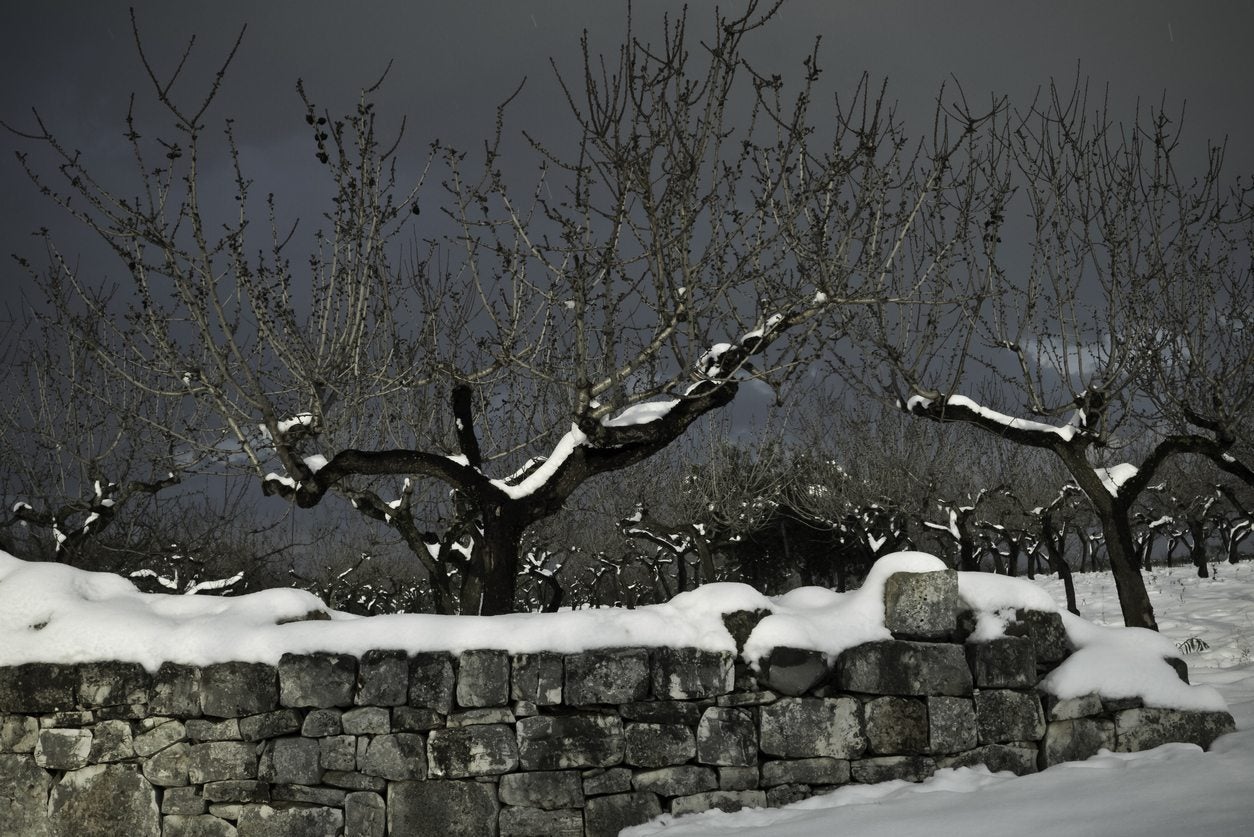 Almond Winter Care – What To Do With Almonds In Winter
Almond Winter Care – What To Do With Almonds In WinterWith early blooms in mild climates, almond trees are making their way into the landscape, providing homeowners with early spring blooms, healthy nuts and an attractive landscape plant. Click this article for tips on what to do with almonds in the winter.
By Darcy Larum
-
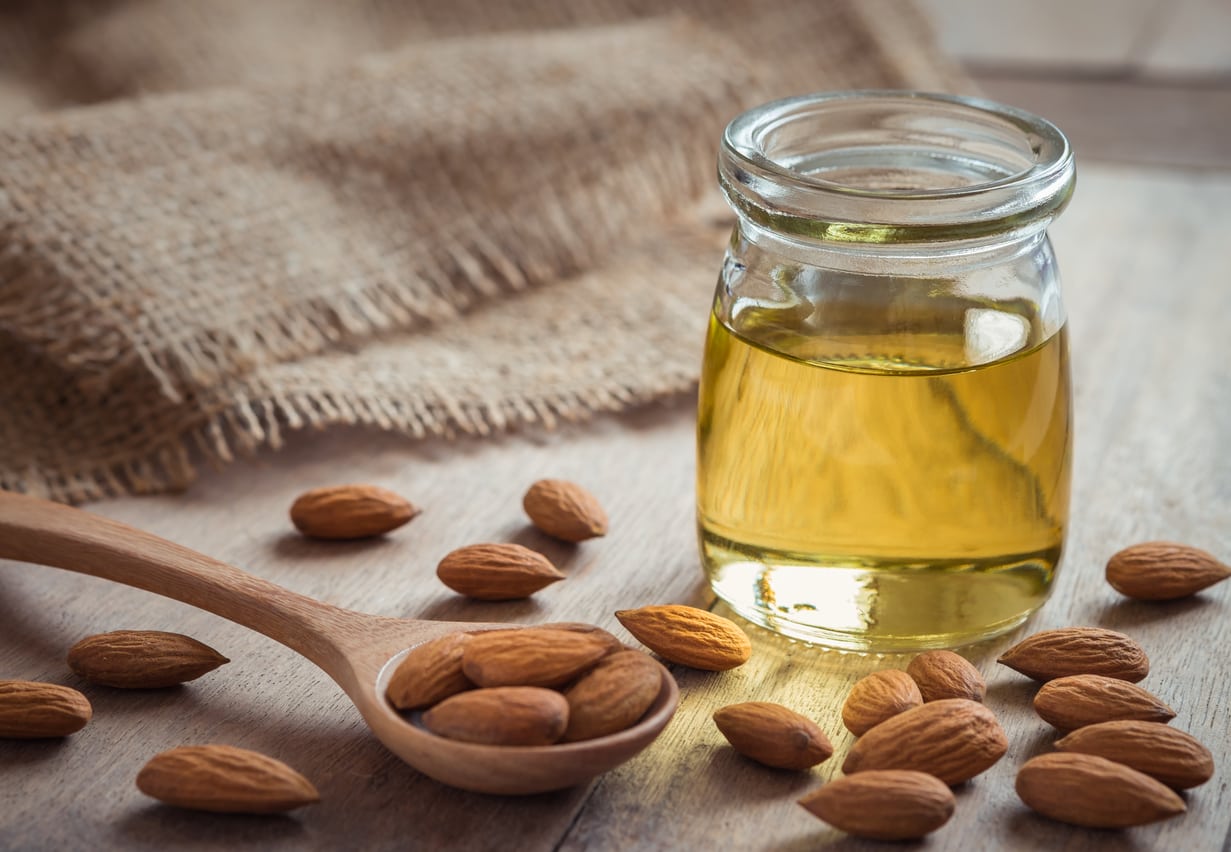 Almond Oil Information: Tips For Using Almond Oil
Almond Oil Information: Tips For Using Almond OilAlmond oil is nothing new. But exactly what is almond oil and how do you use it? The following article contains almond oil information. Learn about the uses of almond oil and more. Click here to learn more.
By Amy Grant
-
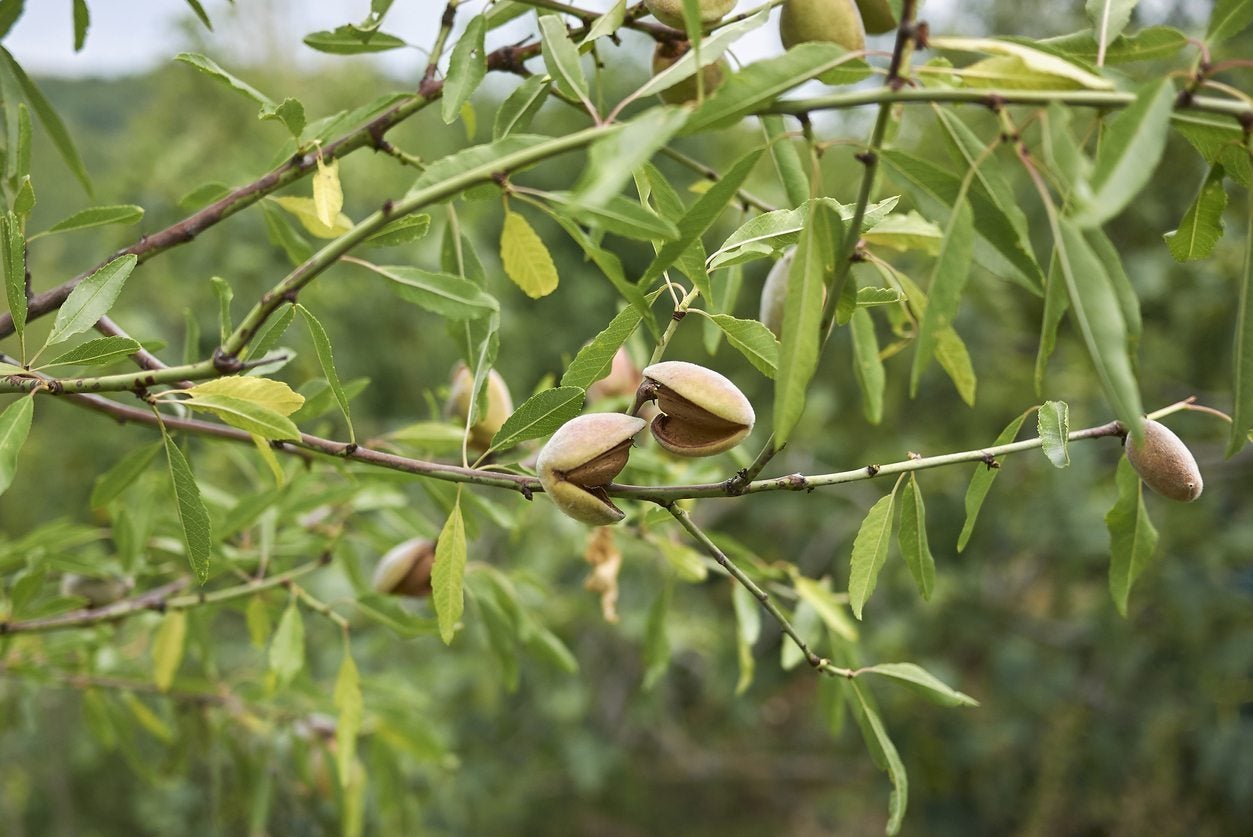 Can You Grow Almonds From Cuttings – How To Take Almond Cuttings
Can You Grow Almonds From Cuttings – How To Take Almond CuttingsAlmonds are usually propagated by budding or grafting. How about rooting almond cuttings? Can you grow almonds from cuttings? Find out how to take almond cuttings and other information about propagating almonds from cuttings in this article.
By Amy Grant
-
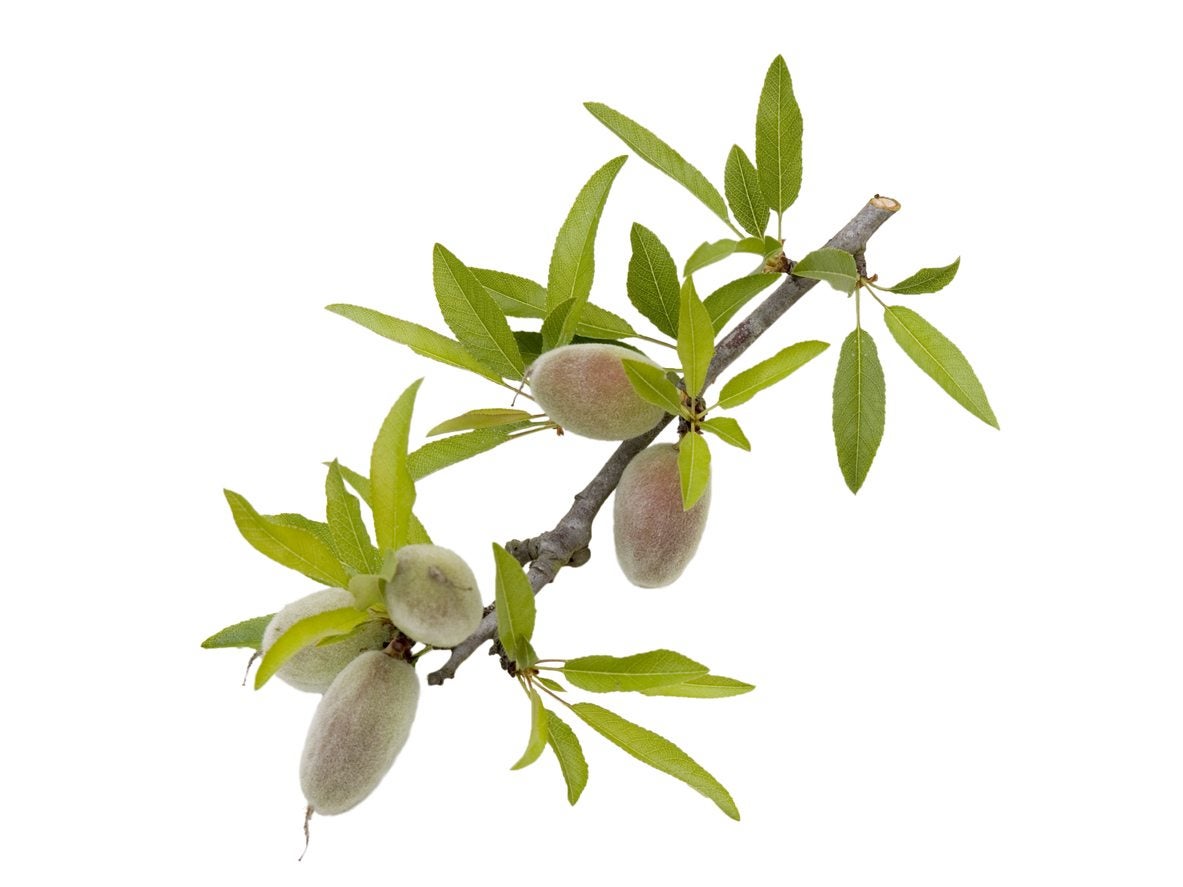 Almond Propagation Methods: Tips On Propagating Almond Trees
Almond Propagation Methods: Tips On Propagating Almond TreesAlmond trees have become a popular nut tree for home gardens around the world. They can be purchased from garden centers and nurseries, or propagated at home from an existing almond tree. Click here to learn how to propagate an almond tree.
By Darcy Larum
-
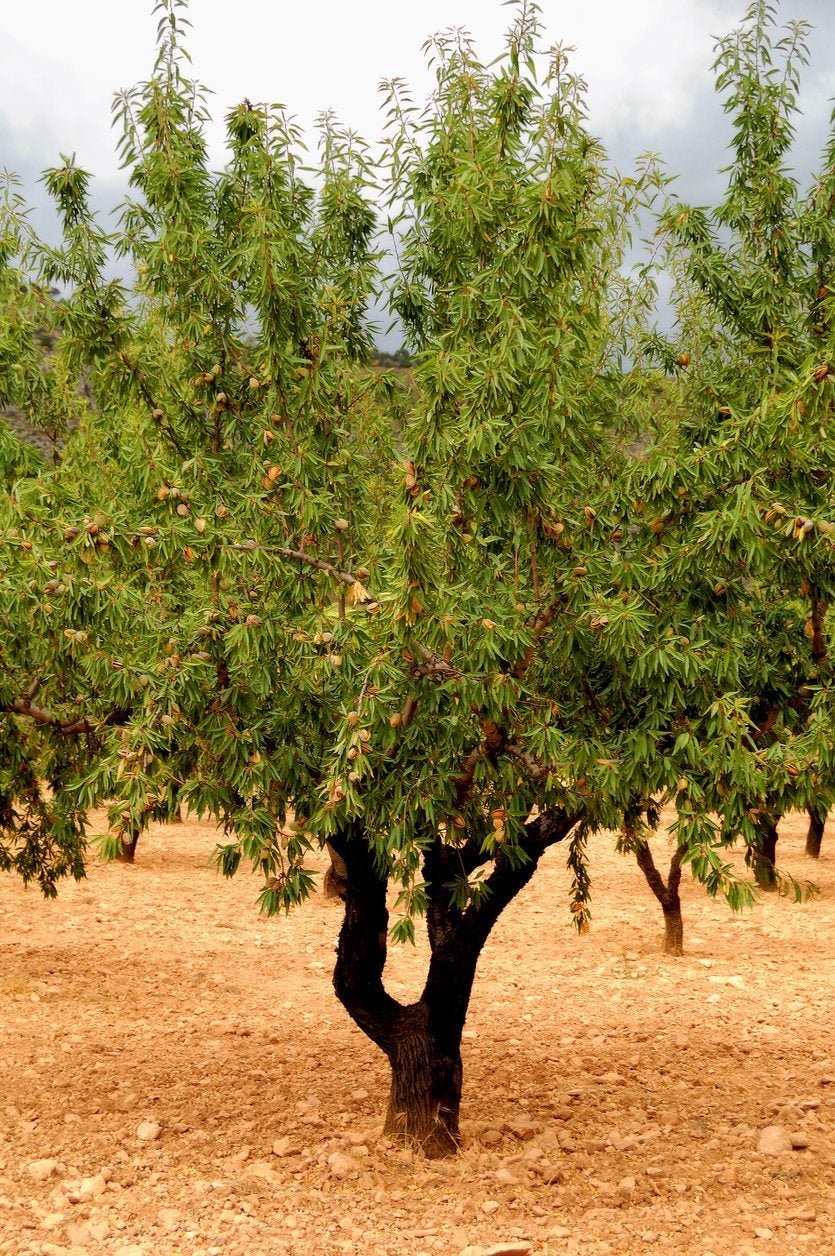 Moving An Almond Tree – How To Transplant Almond Trees
Moving An Almond Tree – How To Transplant Almond TreesDo you have an almond tree that for one reason or other needs to be moved to another location? Then you're probably wondering if you can transplant an almond? If so, click on this article for some helpful almond transplant tips.
By Amy Grant
-
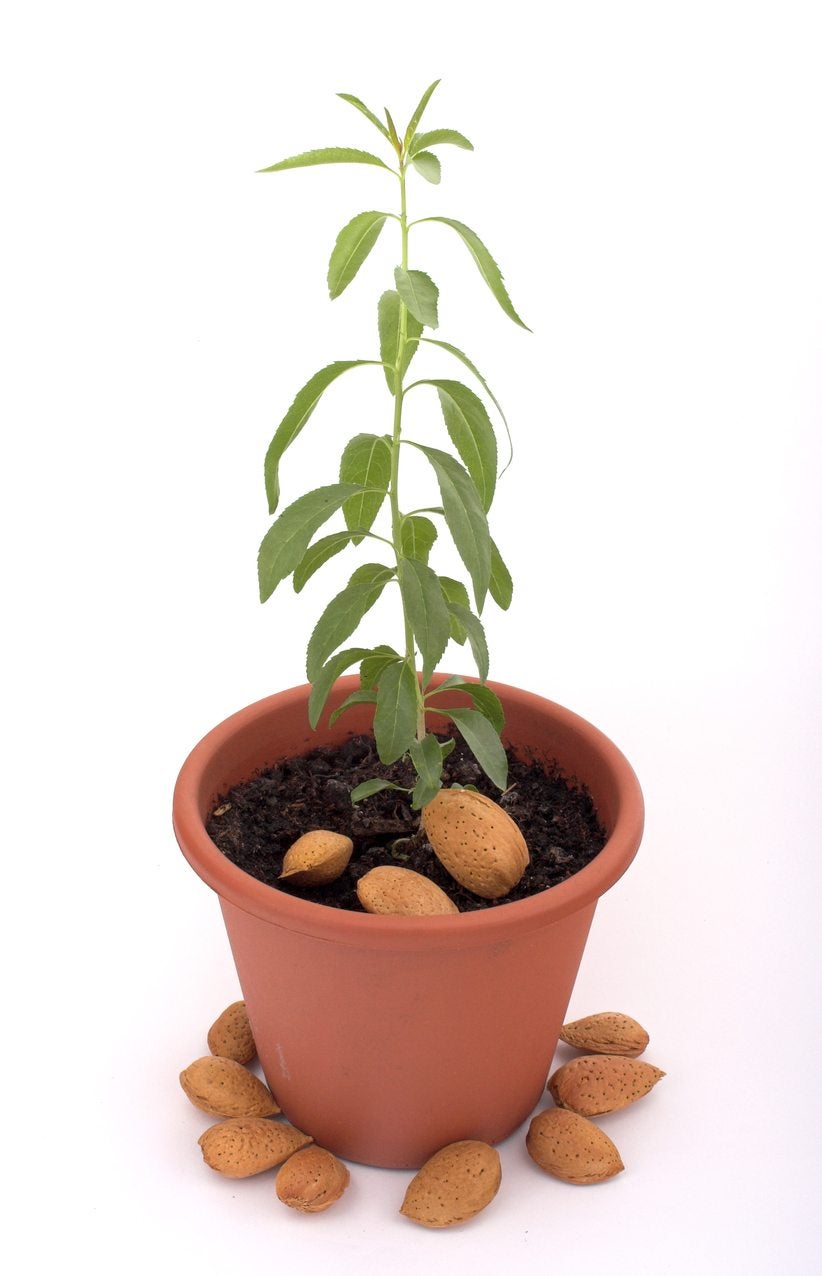 Planting Almond Nuts – How To Grow An Almond From Seed
Planting Almond Nuts – How To Grow An Almond From SeedAlthough almond germination does take a little know how, propagating your own seed grown almond trees is definitely a fun project for the novice or avid home gardener. Click on the following article to find out how to grow an almond from seed.
By Amy Grant
-
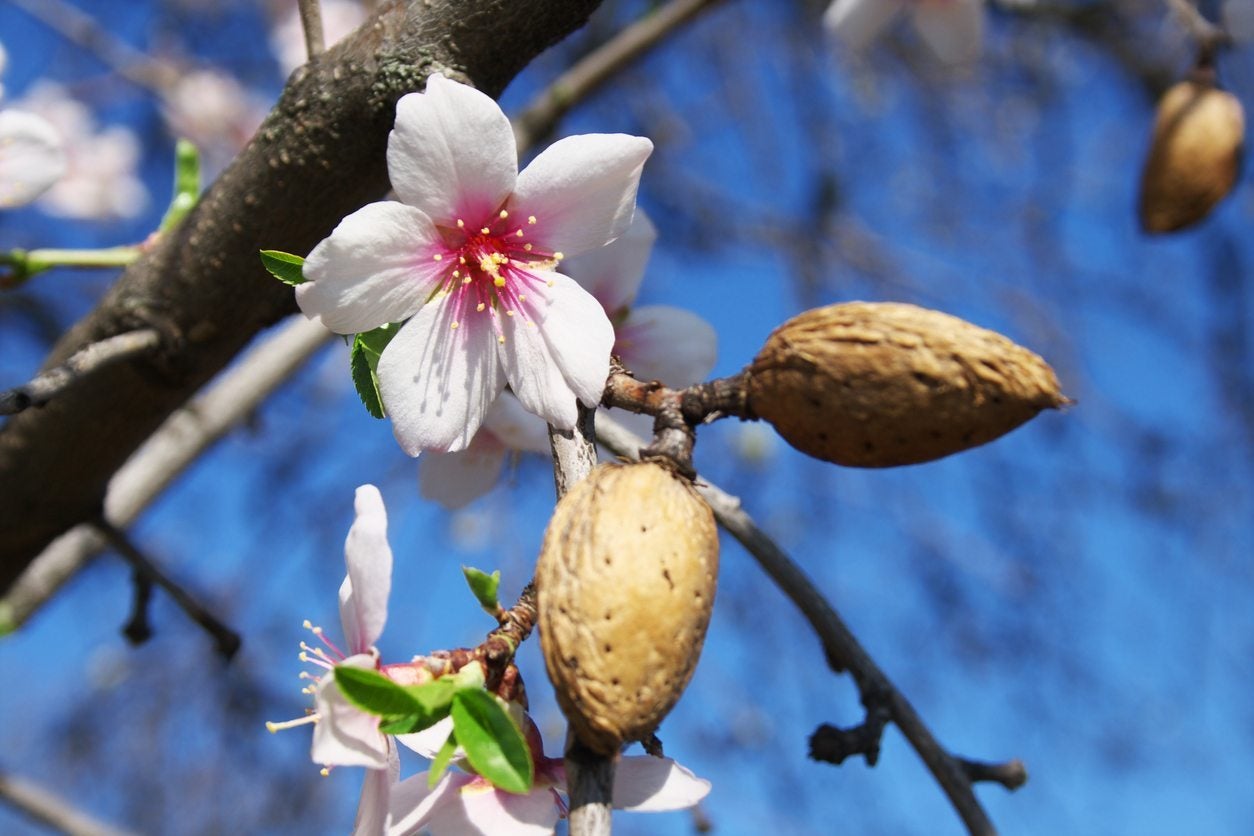 Almond Pest Control – Recognizing Almond Tree Pest Symptoms
Almond Pest Control – Recognizing Almond Tree Pest SymptomsUnfortunately, humans aren?t the only ones that enjoy almonds; there are lots of bugs that eat almonds, or the tree?s foliage. When treating pests on almond trees, it?s important to recognize almond tree pest symptoms. The following article can help with that.
By Amy Grant
-
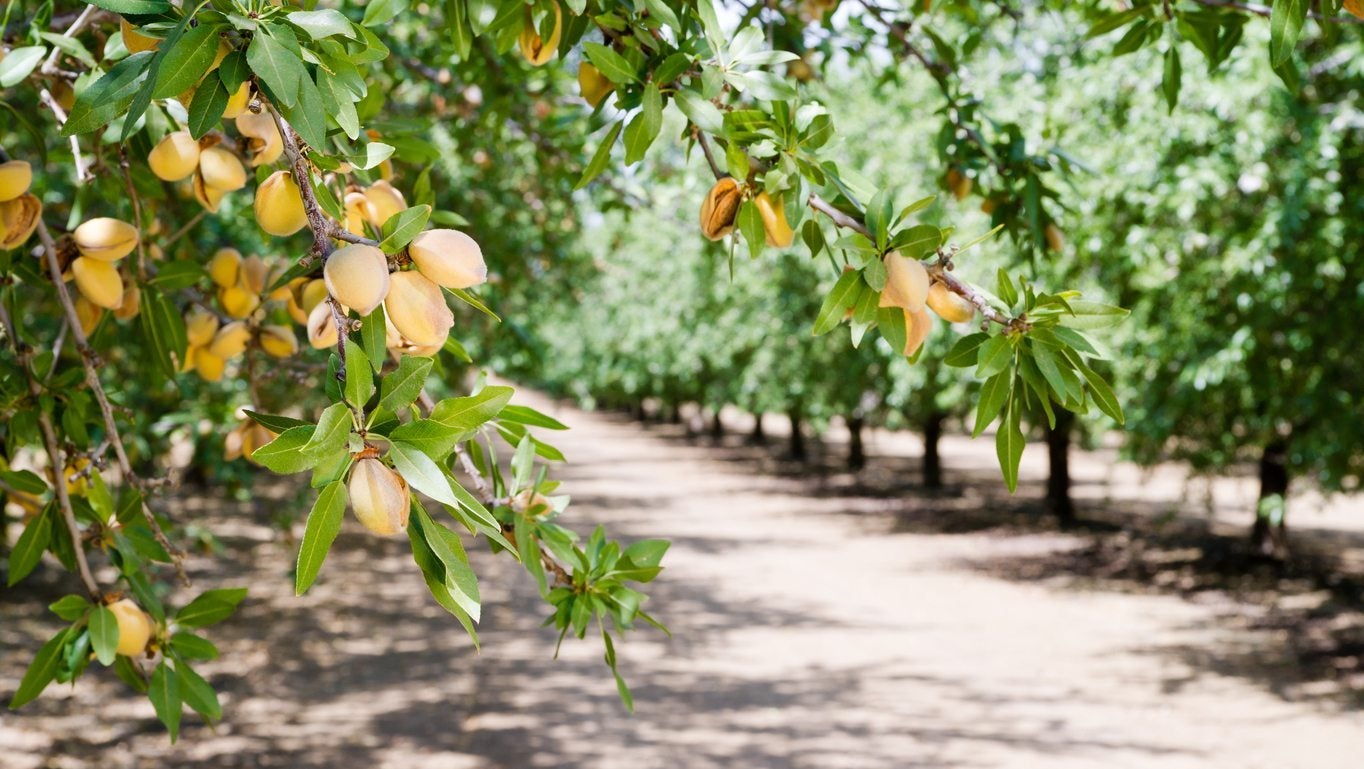 Almond Tree Cultivars: What Are The Best Varieties Of Almond
Almond Tree Cultivars: What Are The Best Varieties Of AlmondIf you are planting almond trees, you will have to select among many different almond trees and almond tree cultivars. Your choice will have to take into account a variety of factors. Click this article for information about types of almond trees.
By Teo Spengler